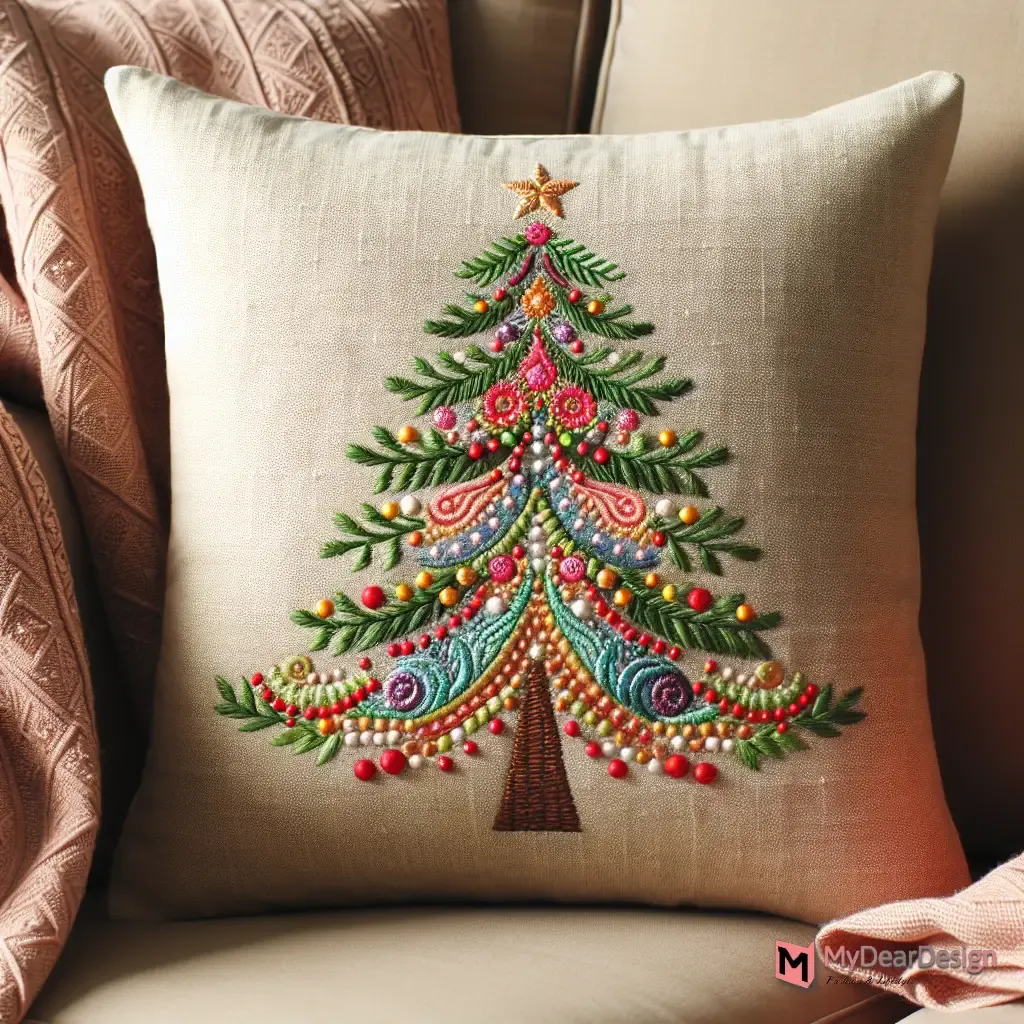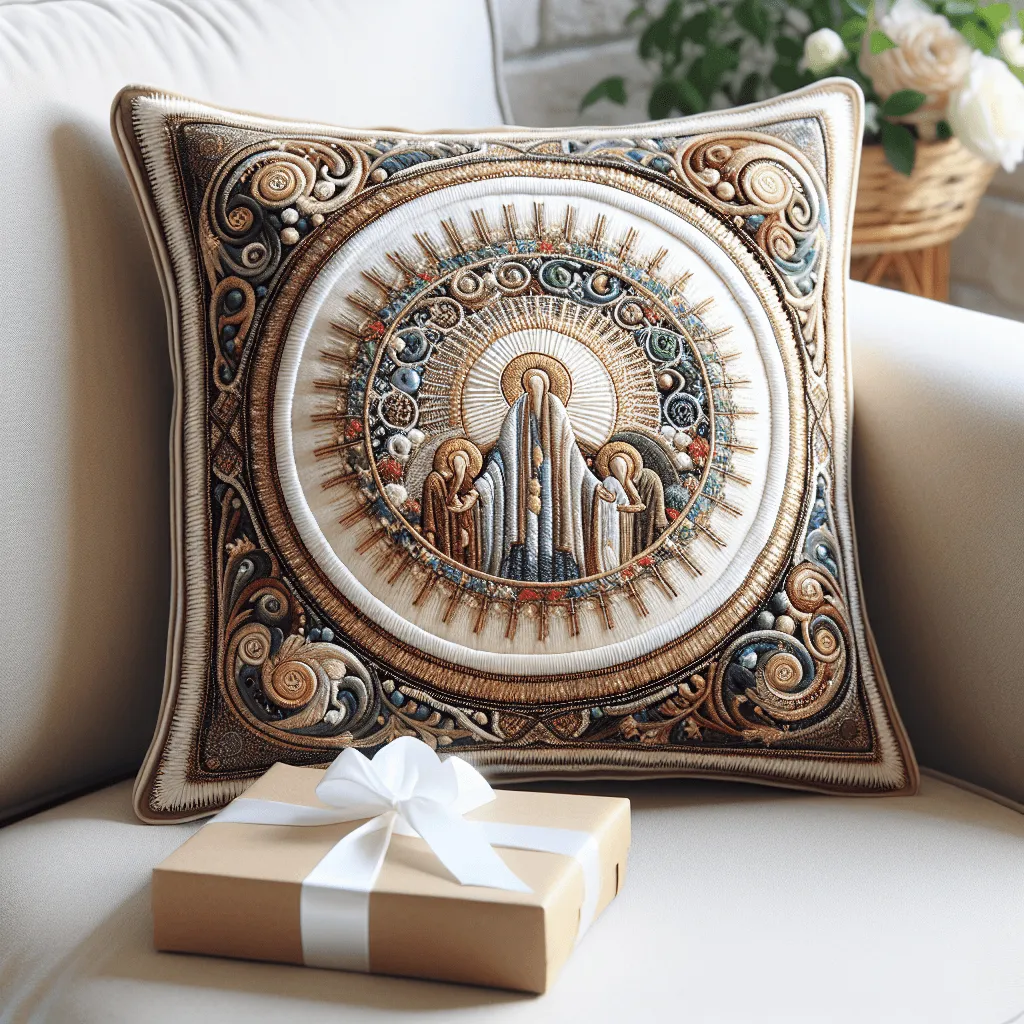Pillow Embroidery Ideas: Add a Personal Touch to Your Home Decor
Creative Pillow Embroidery Ideas: Embroider Your Way to Style
Creative Pillow Embroidery Ideas: Embroider Your Way to Style
Conclusion
The charm of these embroidery ideas lies not only in the visual appeal they add to any living space but also in the layers of meaning and memory that each piece can hold. Be it through the symbolic ‘Horseshoe’, the spiritual ‘Bible Perle Edge’, or the heartfelt ‘Love in a Box’, each design invites us to delve into a world where tradition meets creativity. For further inspiration and to explore an array of pillow embroidery ideas, check out mydeardesign.com. Let your living spaces be a reflection of your creativity, infused with the warmth and texture that only handcrafted embroidery can provide, creating an enduring charm that enriches every nook with stories and dreams woven in thread.
1. What steps are involved in transforming embroidery into a pillow? To transform your embroidery project into a pillow, start by selecting your preferred vintage or new fabrics. Trim the embroidery to a suitable size for a throw pillow. Hem the bottom edge of the front of the pillow cover, then proceed to cut the backing for the pillow cover.
2. How should you properly stuff a pillow to achieve the desired shape? To properly shape pillow stuffing, ensure you distribute the filling evenly, focusing on corners and edges to maintain the pillow’s shape and fullness. Adjust the amount of stuffing based on whether you prefer a firmer or a softer pillow.
3. What is the process for embroidering a cushion cover? Begin by sketching your design directly onto the cushion cover with a pencil, or pin a printed design onto the cover if drawing is challenging. Place your embroidery hoop over the starting area, thread your needle with yarn, knot the end, and use backstitching to follow the lines of your design.
Horseshoe
The ‘Horseshoe’ embroidery design offers a unique blend of charm and tradition, making it a delightful addition to any pillow cover collection. This design features a horse elegantly leaping through a classic horseshoe, which is not only a symbol of good luck but also an emblem of equestrian beauty. The gold-colored striped fabric used in the background enhances the luxurious feel of the cushion, while the central panel of plain white cotton serves as the perfect canvas for the embroidery.
The intricate details of the horse are emphasized through the thoughtful use of fabric colors and the edging ribbon, adding depth and character to the design. This cushion cover, with its refined appearance and thematic richness, is an excellent gift choice for anyone who appreciates the grace of horses or the rustic charm of traditional symbols like the horseshoe.
For crafters utilizing a sewing machine, this project provides an opportunity to employ various embroidery stitches to bring this dynamic design to life. The use of high-quality embroidery thread is crucial to achieving the vivid detailing necessary to capture the movement and elegance of the horse and horseshoe. This design not only adds an aesthetic value to home decor but also brings a sense of warmth and luck, resonating well with those who cherish folklore and animal symbolism in their living spaces.
Finishing Touches
How to end your embroidery
At the back of your fabric, tuck your needle under some of the thread from a previous stitch. Pull it through – but leave a loop. Pass your needle through the loop to create a small knot, and pull until it tightens. I tend to do this twice, to make sure the ends stay secure.
What Helpful Tips Can Beginners Follow When Embroidering a Pillow?
When beginners want to embroider a pillow, they can follow several helpful tips to improve their experience and results.
- Choose the Right Materials
- Start with Simple Designs
- Practice Basic Stitches
- Use Proper Lighting
- Be Patient and Take Breaks
- Choose the Right Materials:
Choosing the right materials is essential for beginners when embroidering a pillow. The quality of fabric, thread, and needles can significantly affect the outcome. Cotton fabric is a good choice because it is easy to work with. Beginners should also select high-quality embroidery floss to avoid fraying. Needles should match the thread and fabric type, as this prevents damage.
According to the author of “The Embroidery Book,” Charlotte Wainwright (2021), starting with cotton fabric and mercerized cotton thread helps achieve cleaner results. Different thread types, like silk or wool, may not suit beginner techniques, which can lead to frustration.
- Start with Simple Designs:
Starting with simple designs can help beginners build confidence and skills. Basic shapes, patterns, or lettering are ideal for initial projects. Complex designs increase the likelihood of mistakes and can lead to discouragement.
Many embroidery sources, such as “Hand Embroidery Dictionary” by Judith Baker Montano (2020), recommend beginning with straightforward designs like daisies or hearts. Successful completion of easier patterns encourages learners to progress toward more intricate designs.
- Practice Basic Stitches:
Practicing basic stitches is crucial for skill development in embroidery. Common stitches include the running stitch, split stitch, and backstitch. These foundational techniques are versatile and form the basis for more advanced methods.
As mentioned in “Embroidery Basics” by Mary Thomas (2019), mastering basic stitches boosts confidence and accuracy, enabling beginners to tackle more challenging projects. Working on practice fabric before starting on the pillow can lead to improved outcomes.
- Use Proper Lighting:
Using proper lighting significantly influences the experience and quality of embroidery work. Good lighting helps beginners see their work clearly and reduces eye strain. Natural light is optimal, but a well-placed lamp can also suffice.



Tegs:
Search
Recent Posts
Subscribe to Updates
Get the latest posts and fashion insights directly in your inbox.